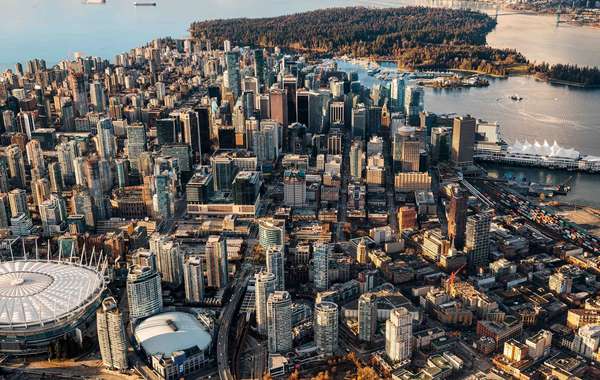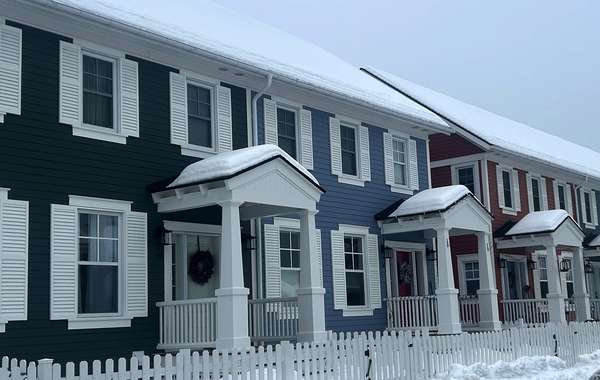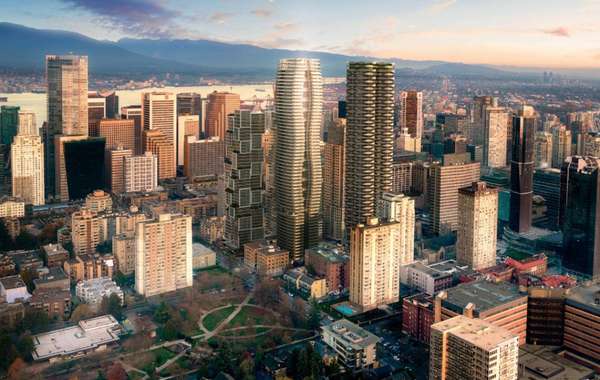New home builds in Australia is at a 40 year low, but a new report from KPMG has found that home renovation projects are booming like never before. Spending on energy efficiency upgrades and renovations accounted for 34% of the market in 2018, and now at the end of 2024 it’s up to 40%!
“For every nail hammered and brick laid in residential construction in Australia, 40% of it is going into renovating a pre-existing home,” according to Terry Rawnsley, an urban economist at KPMG.
“This indicates that there is not enough money and resources being attracted to expanding the housing stock. More straightforward planning processes and lower risks for builders make renovating existing homes a favoured option over adding multiple homes on the same block.” He added.
The new build figures are worse than at first glance
Included in the ‘new home builds’ numbers are the demolition of detached properties that are then replaced with a new single-family home, which is known as one-for-one replacement.
These one-for-one replacements accounts for almost 10% of new home builds across Australia, according to the KPMG report. Broken down it shows Victoria with the highest rate at 12.6%, Western Australia at 9.1%, and New South Wales at 8.7%. The upshot of this is that the figures for new builds don't directly reflect an increase in housing stock that is required for population growth, succesful immigration or affordable housing.
The report also found that new housing investment averaged $186,000 per resident since 1993-94.
New home spending increased by 58% between 2012 and 2019, but as the pandemic led to a spike in departures of students and international workers in 2020-21 during the pandemic led to a per-capita investment spike of $1.9m.
Now in our post-pandemic days, the per-capita investment has dropped almost by half to $113,000 in 2023-2023 despite a surge in population. The report did site Covid as having a large impact on renovation spending.
As new housing investment increased between 2012 and 2020, alterations and additions investment declined and reached its lowest share of 33.5% in 2017-18.
However, the last few years has shown a significant rebound in this investment, this has been attributed to pandemic lifestyle changes, most notably as people transitioned to working from home, and increase home space to accommodate that new reality.
New incentives are needed to boost new home building
Bearing the following factors in mind in relation to Australian population targets linked to affordable housing being an essential part of this are:
1. Immigration Targets
Australia has long relied on immigration to support its economy, population growth, and workforce. The government sets annual immigration targets through its Migration Program, which is reviewed and adjusted each year. Key aspects include:
- Skilled Migration: Australia prioritizes skilled workers to fill labor gaps, with a significant number of permanent residency spots allocated for skilled migrants.
- Family Reunion: A portion of the immigration program is dedicated to reuniting families, including partners, children, and parents.
- Humanitarian and Refugee Intake: Australia also maintains a commitment to resettling refugees and humanitarian entrants, with annual quotas for these groups.
- Target Numbers: The annual migration intake varies but typically ranges around 160,000 to 190,000 people, including skilled migrants, family reunifications, and humanitarian applicants.
The focus on increasing immigration aligns with Australia's need for economic growth, labor force expansion, and demographic support given its aging population.
2. Affordable Housing Targets
Affordable housing remains a critical issue in Australia, especially in major cities like Sydney, Melbourne, and Brisbane, where housing prices have surged in recent years. While Australia does not have a singular national target for affordable housing, several measures are in place:
-
National Housing and Homelessness Agreement (NHHA): This agreement, made between the federal government and states/territories, provides funding to support affordable housing and homelessness services. The funding is meant to support various housing initiatives, but the specifics can vary by state.
-
State-Based Targets and Plans: Some states, such as Victoria and New South Wales, have set targets to increase the supply of affordable housing, especially for low and moderate-income groups. For instance, Victoria has introduced a plan for 10,000 affordable homes over a decade and NSW has established a target of 10,000 affordable homes by 2026.
-
Incentives for Developers: The federal government has implemented policies like the National Rental Affordability Scheme (NRAS), which aimed to increase the supply of affordable rental housing by providing incentives to private investors. However, the scheme has faced criticism, and funding has been reduced over the years.
-
First Home Buyer Assistance: While not directly increasing the supply of affordable housing, various first home buyer grants and stamp duty concessions are aimed at helping young Australians enter the housing market.
The new housing report conclusions for Australia
The KPMG analysis and conclusions encouraged increasing housing density, since one-for-one replacements and renovations do not address the need for more housing units.
“Homeowners are absolutely entitled to renovate their homes to add value to their investment and to ensure existing housing stock is maintained,” Rawnsley said.
“However, shifting some of the labour and materials away from renovations and one-for-one replacements towards the construction of new housing stock can help to relieve current housing shortages.”
Find more pages about energy efficient home renovations and improvements on the pages below and in the Ecohome Green Building Guide pages.
Find more about green home construction and reap the benefits of a free Ecohome Network Membership here. |

































Comments (0)
Sign Up to Comment